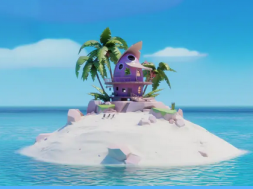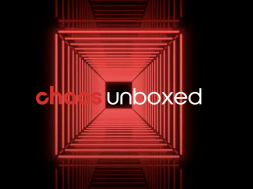
Are you doing Creators wrong?
Tony Parisi and I have been doing communities longer than…well, longer than we will admit. Whether it was building online communities during the early days of the metaverse, building developer communities, customer communities…. we have put them together in more ways than you can imagine. And the chaos continues, as today Tony is running a Web3 Discord community and I lead a gaming Discord community.
As such, we have been throwing together audiences, creators, and influencers for some time. But recently, something has come to our attention, and we feel we must jump in on this, because if it’s not addressed, brands and marketers will be making some tragic mistakes out there. So, what has us all hot and bothered? It’s this.
Influencers and Creators are not the same thing.
Take this recent quote that appeared on an industry site: “the creator economy has seen a huge boom in the last decade. As marketers begin their 2024 campaign planning, influencers are a default component of any brand’s marketing mix.”
We are seeing this confusion more and more, and although they may look the same when brands look at them, when you are building communities online there is a very important difference. And to be clear, we are not saying that one is better than they other, but we are saying that they serve very different purposes when you are trying to build an online community, and also the media plan around that community.
Now don’t misunderstand us, there are folks out there who do both, but when you are thinking about how to build and more importantly maintain an online community, there is one realization you need to come to very quickly. Whether it’s a simple Discord channel or a big metaverse experience, getting people to come is easy. Getting them to come back is hard. And how you deploy content and creatives are different for these two tasks.
Influencers are great for that first push to kick start your community. I launched a robotic vacuum cleaner with an army of mom influencers who were stunningly good at driving audience to our site and our Amazon landing page. They brought their credibility and trust with them, and honestly articulated the benefit of our products far better than we did because they were the ones using them every week. And they bring that same focused firepower when you are launching an online community.
But the creators are the ones who keep bringing people back. A great example is the recent launch of Nifty Island 🏝 . At first this looks like just another Web3 Metaverse like Decentraland or Sandbox, and indeed there are some similarities. But a quick jaunt over to their Discord shows that this is most definitely not the case. Nifty Island has built a creator economy right into the core of the experience, and the result is the creators are front and center in the discord, sharing their “islands” and inviting people to come join them. It frankly is the most activated audience this early that I have seen in a while.
There is a lesson here for marketers who want to build thriving communities around their brands. Getting people to come is the easy part, and you could almost argue that there should actually be two media plans for launching a community, one kickstarting the community, and then the other one for keeping the flywheel spinning. And a large part of this is understanding how to deploy your creators and influencers correctly. Otherwise, you risk something that has shadowed virtual worlds since the early days, the dreaded “empty world syndrome.”
We see this referred to in various marketing sites as the need to “feed the beast,” to have to continually spend more time and capital to keep your online experience rolling. The fact is if you need to be feeding the beast constantly, then you have done something wrong. But when done correctly, your brand has the luxury of stepping to the side, and letting your community build itself. And that at the end of the day is the sign of a vibrant, self-sustaining community.










